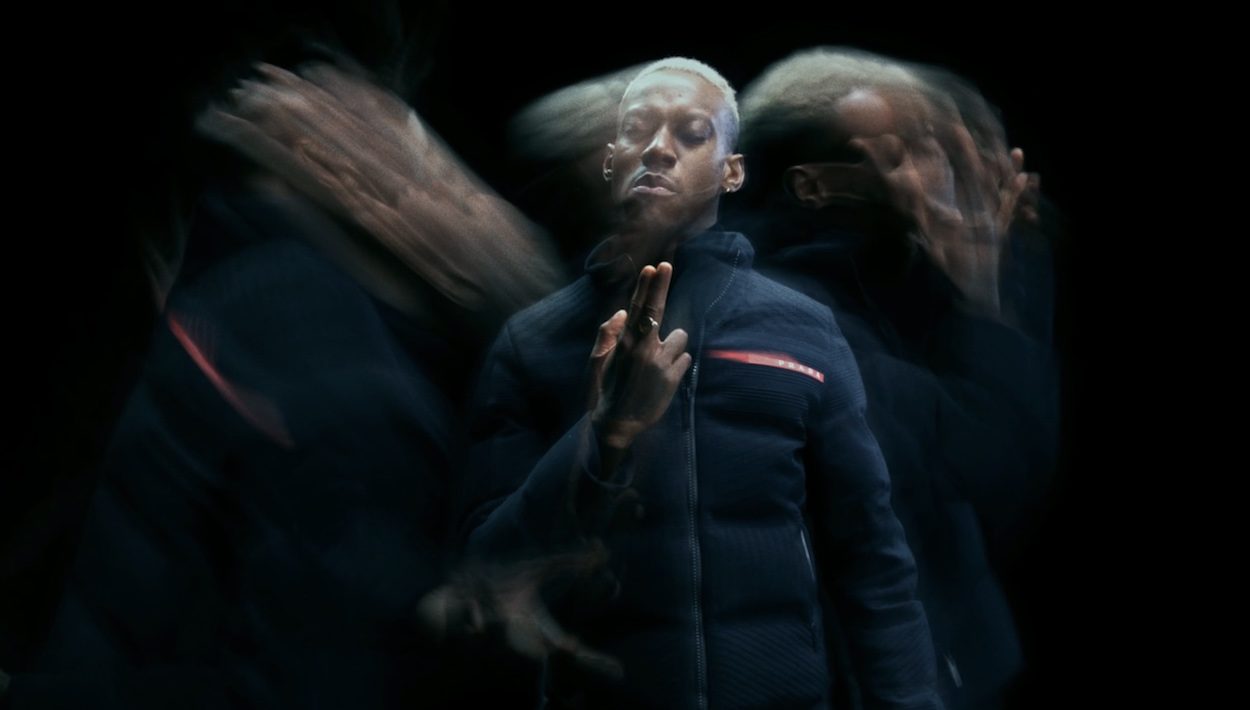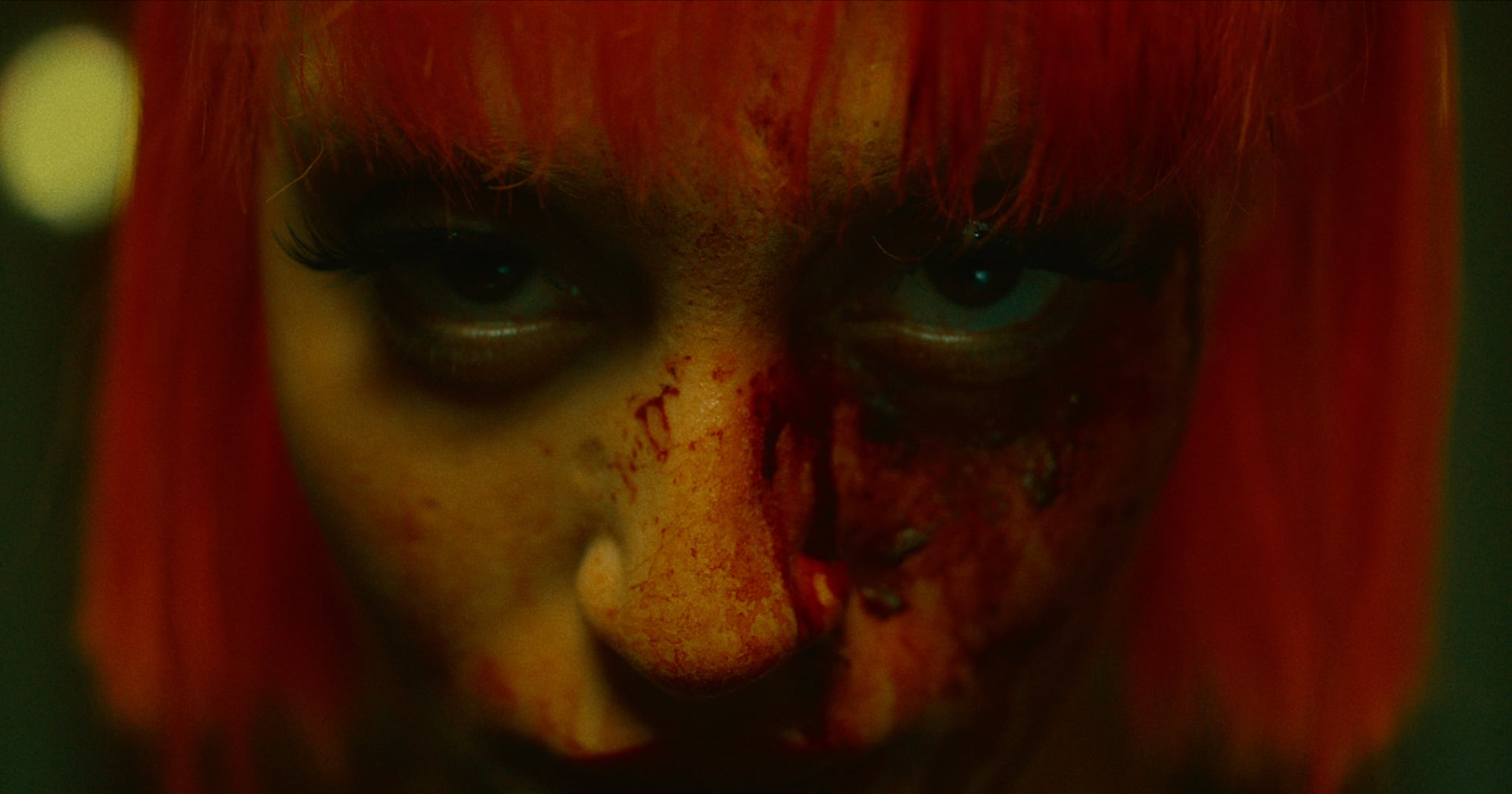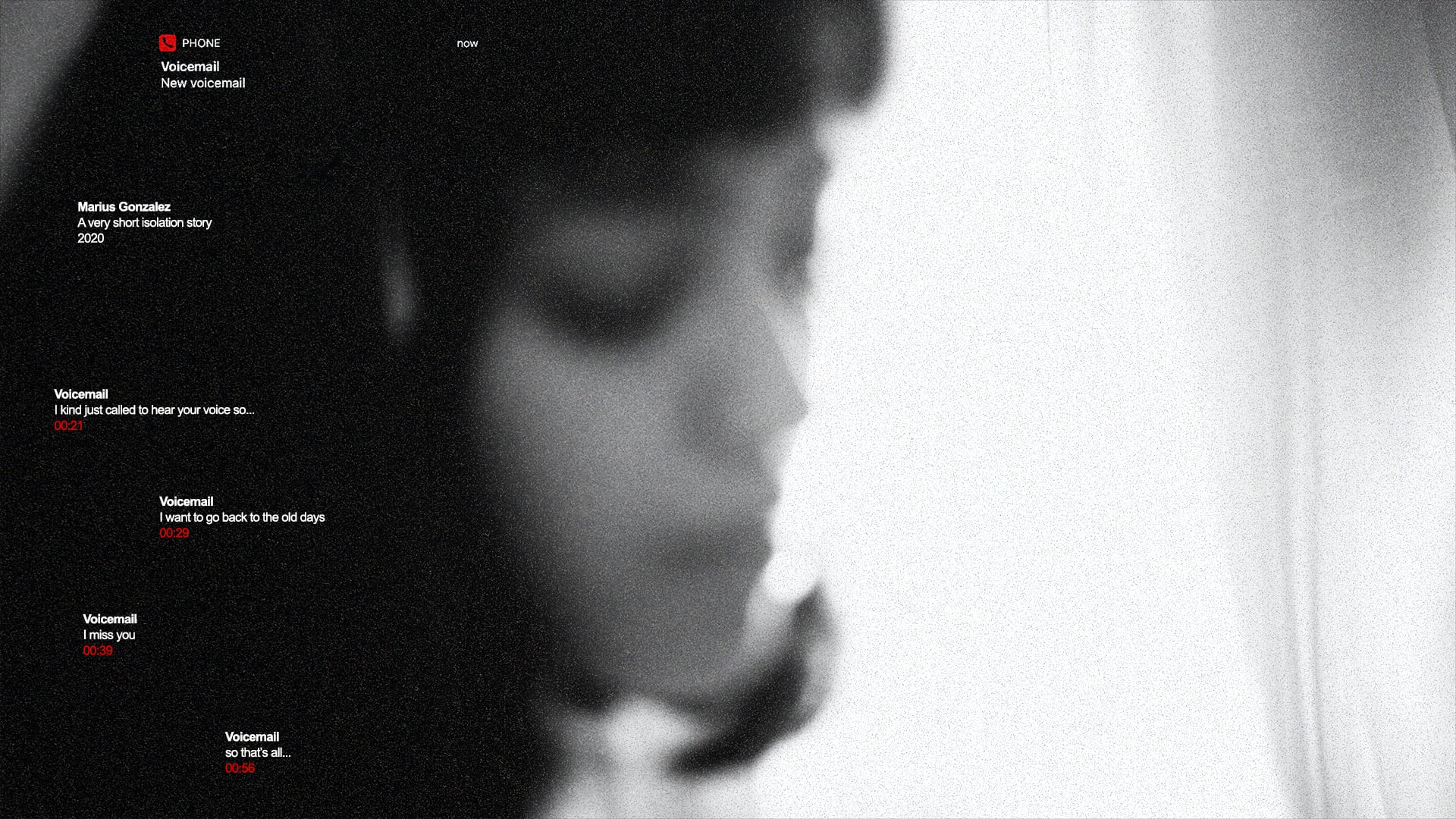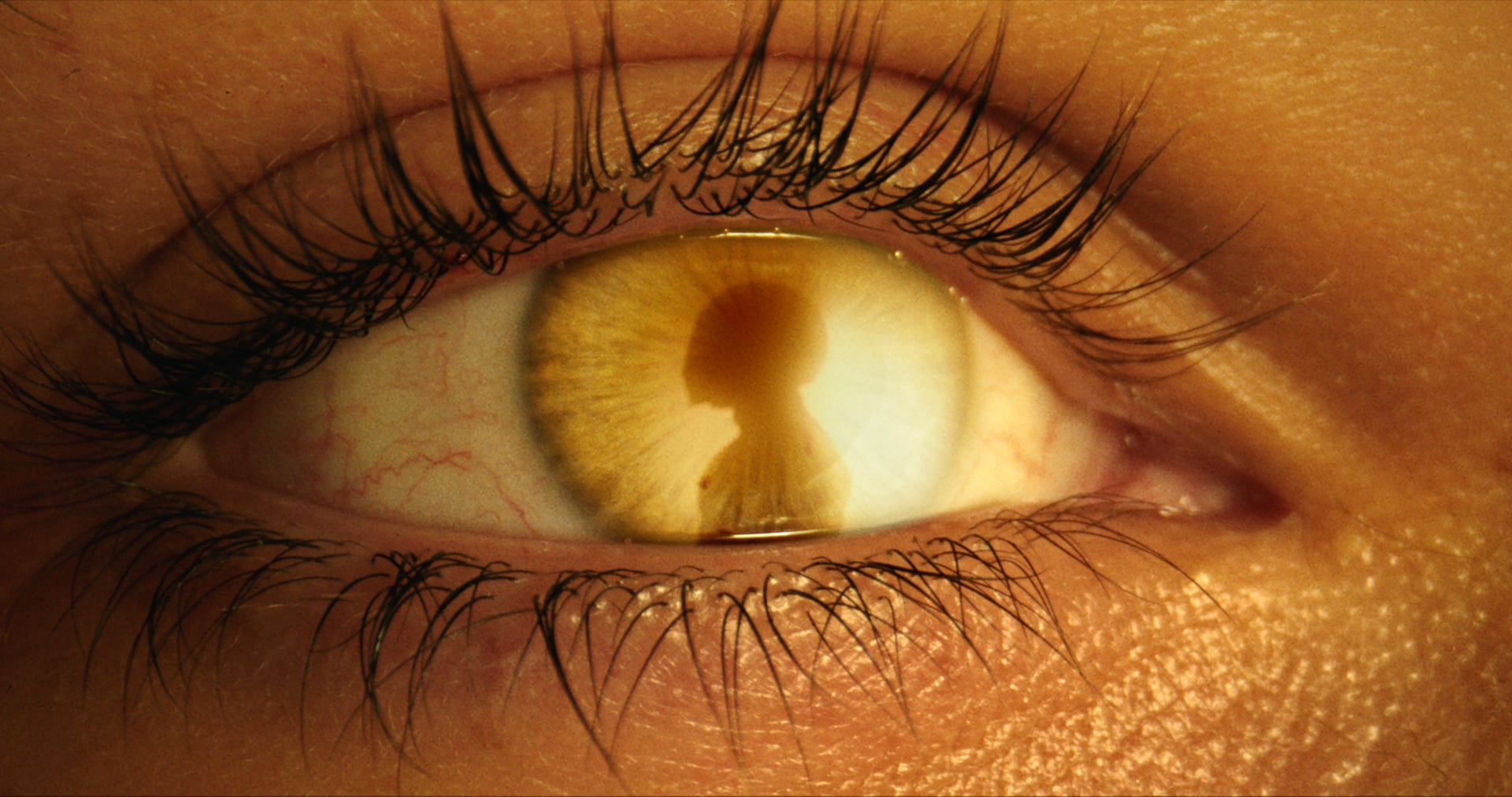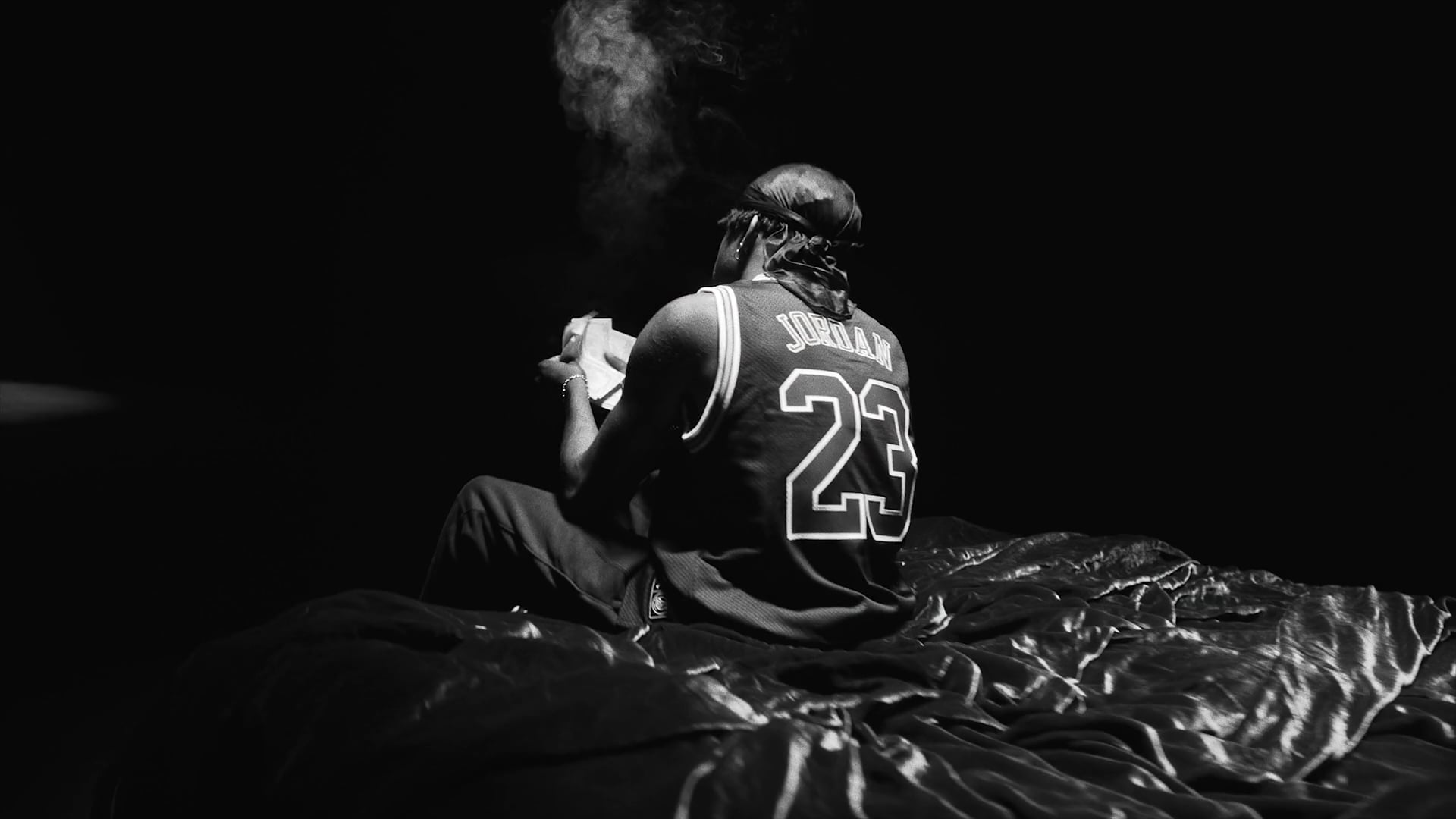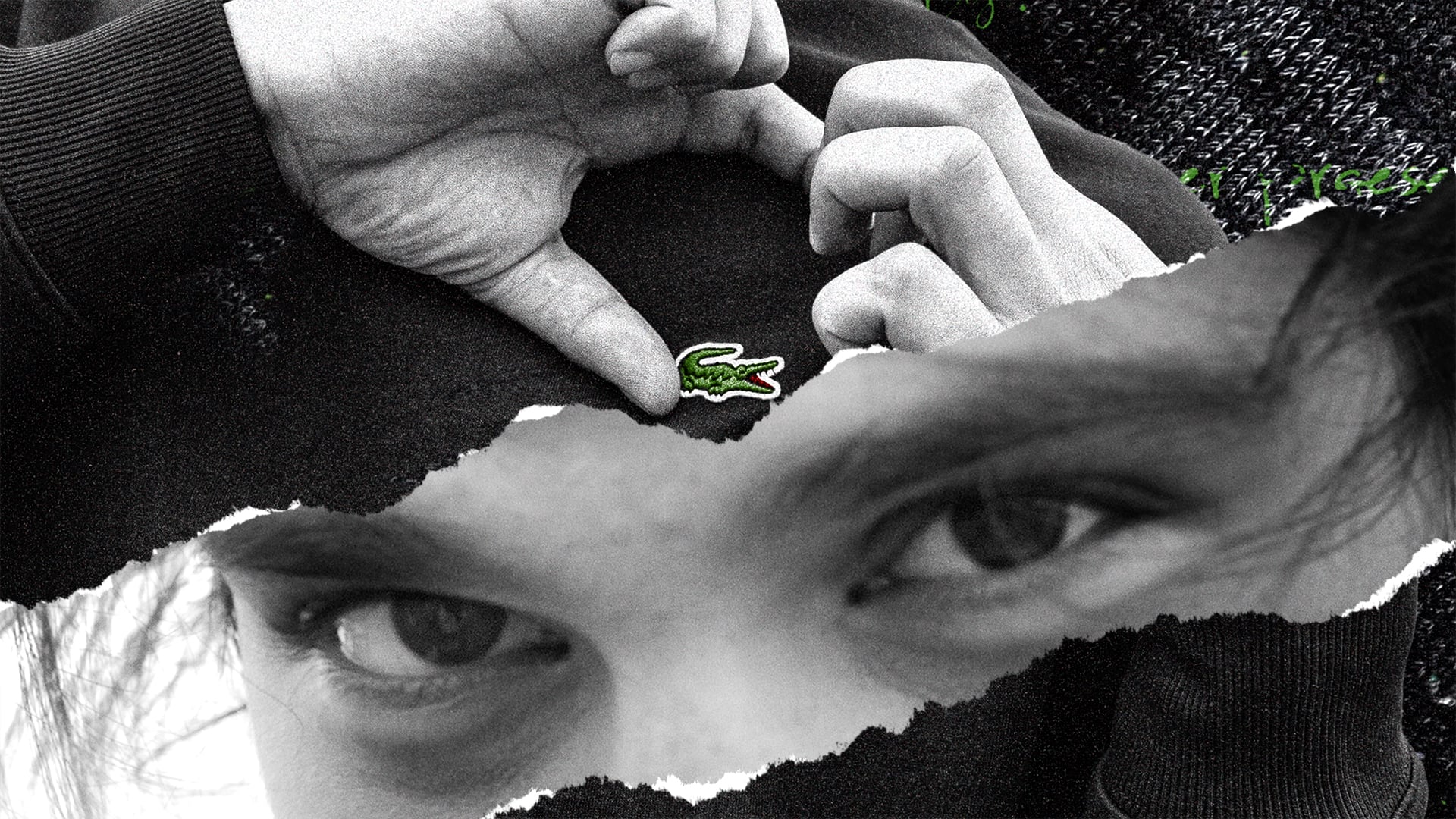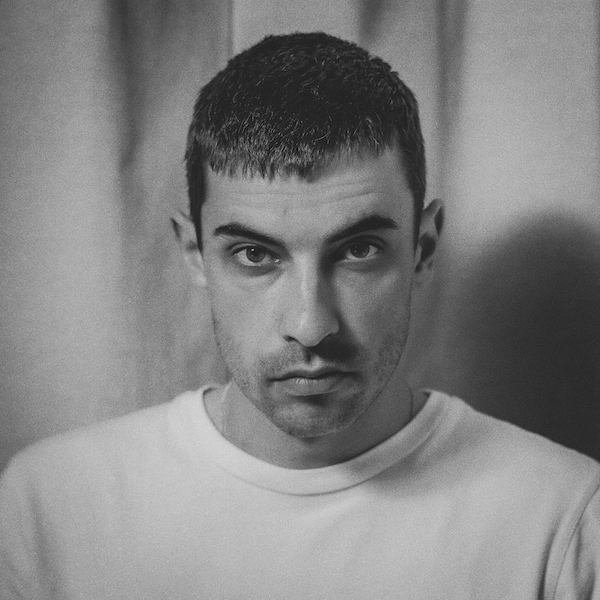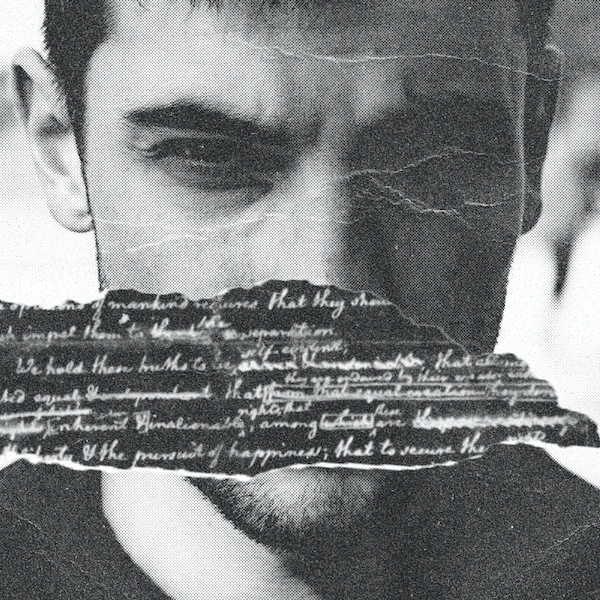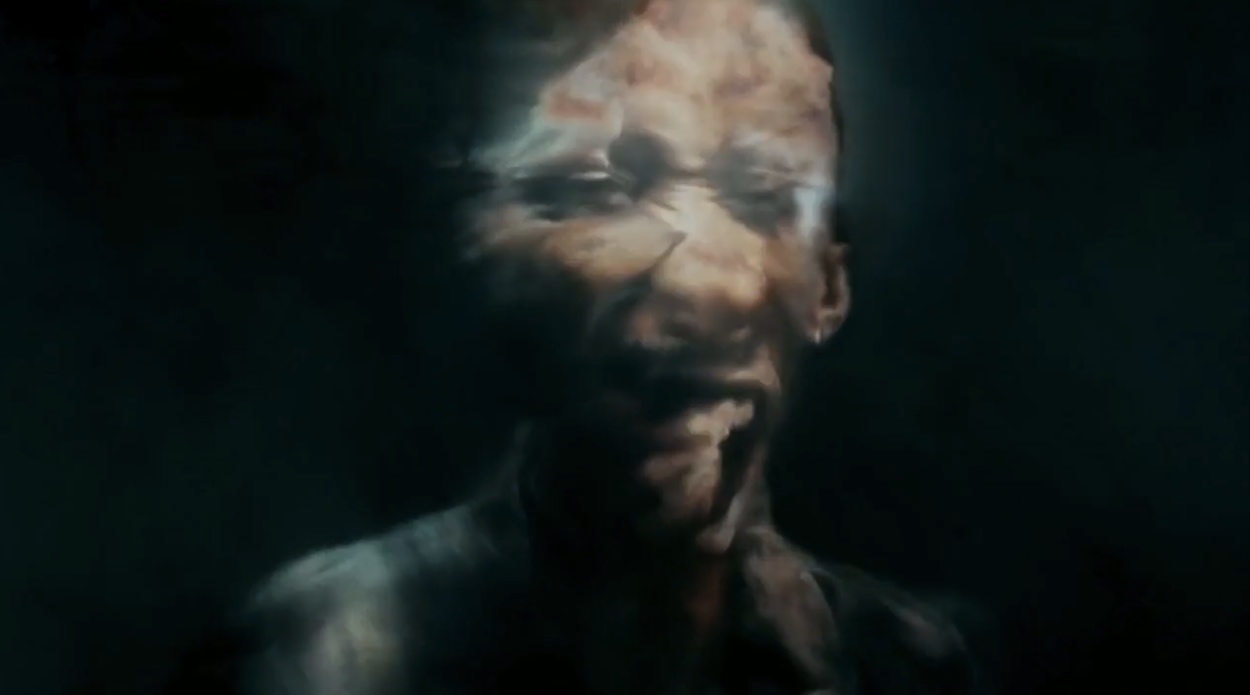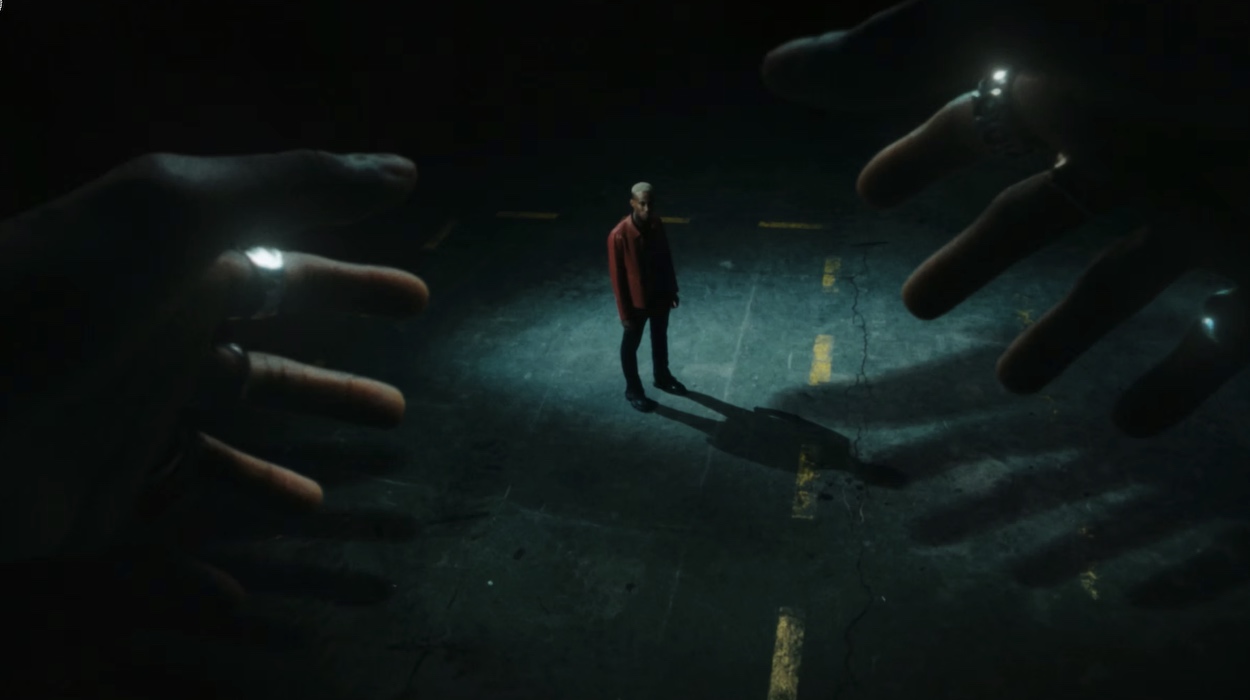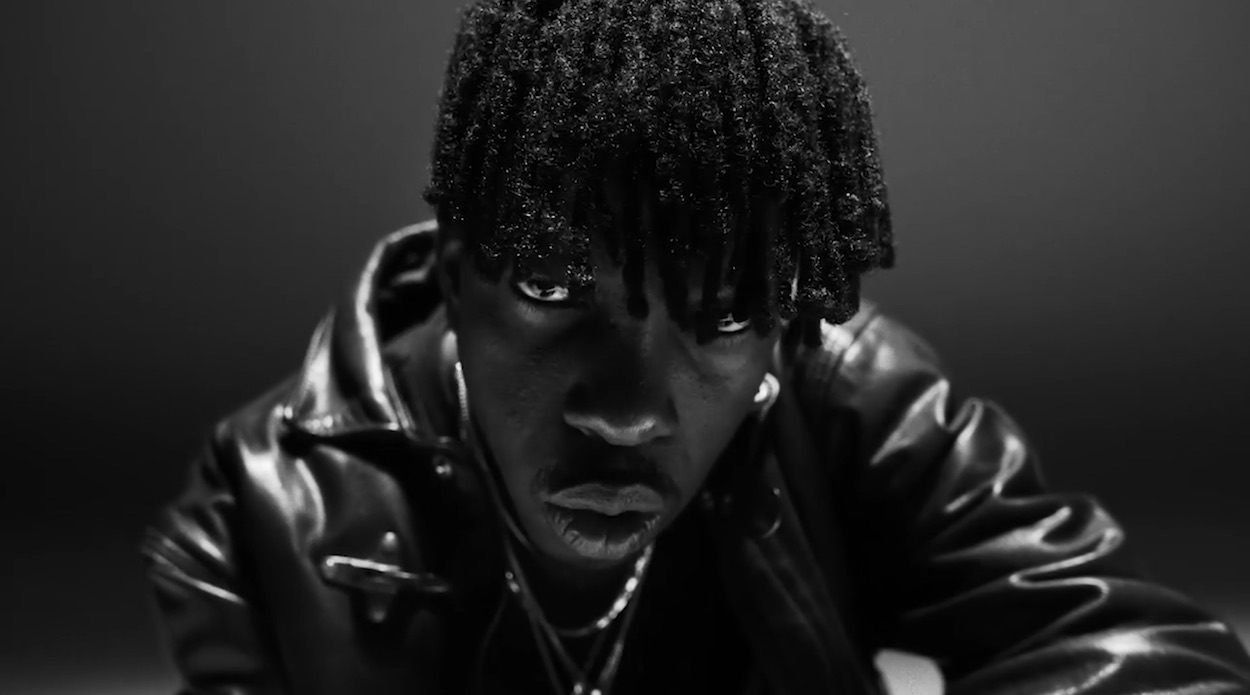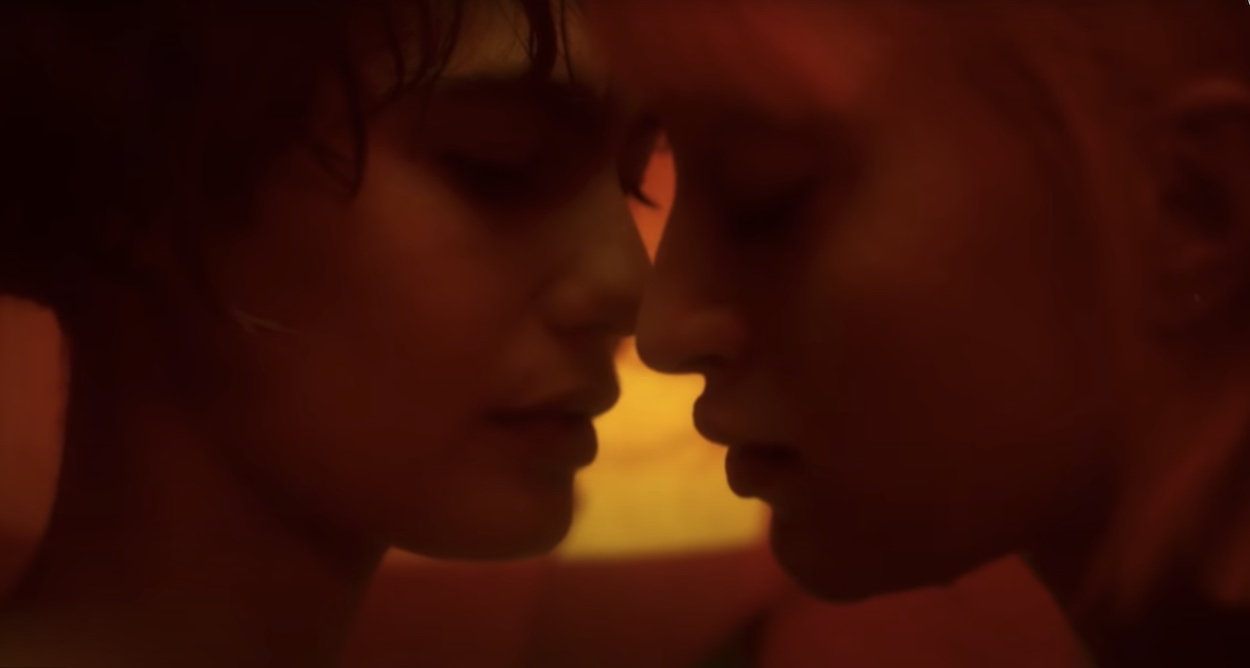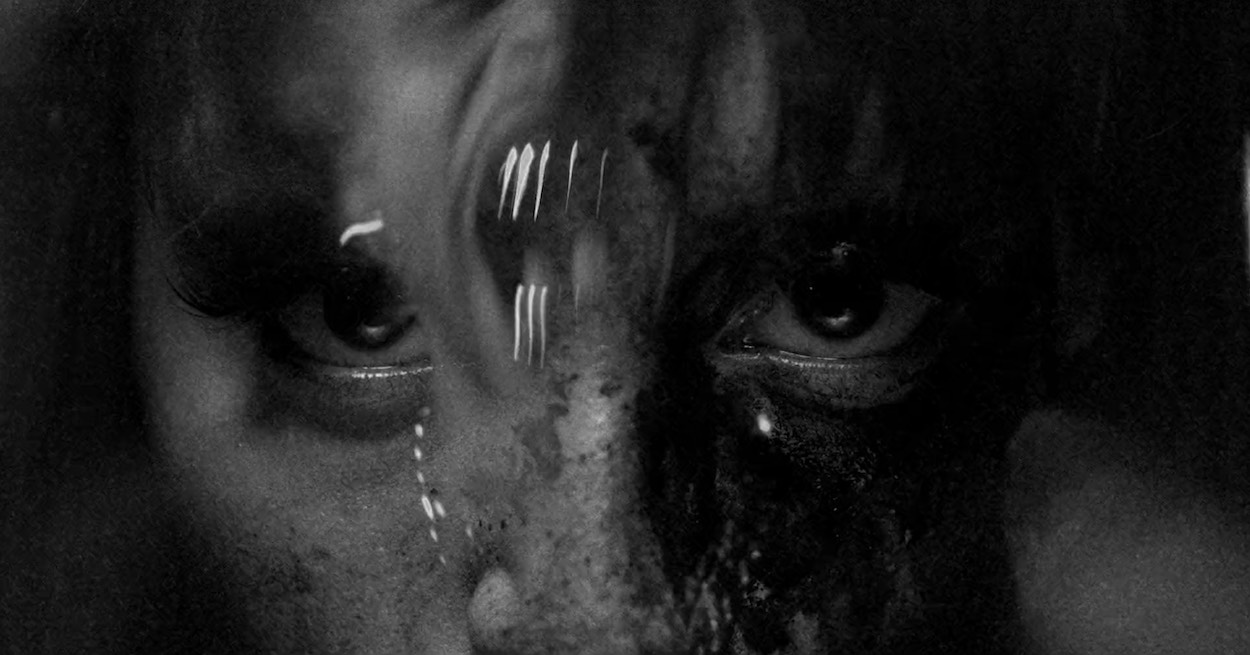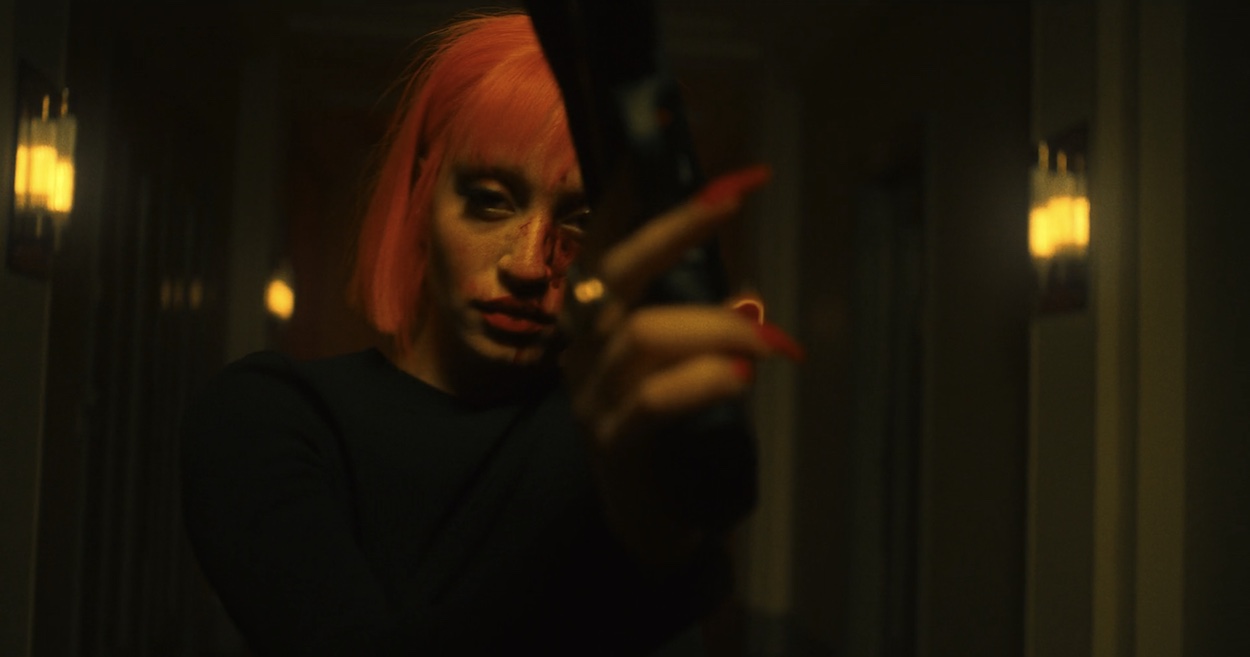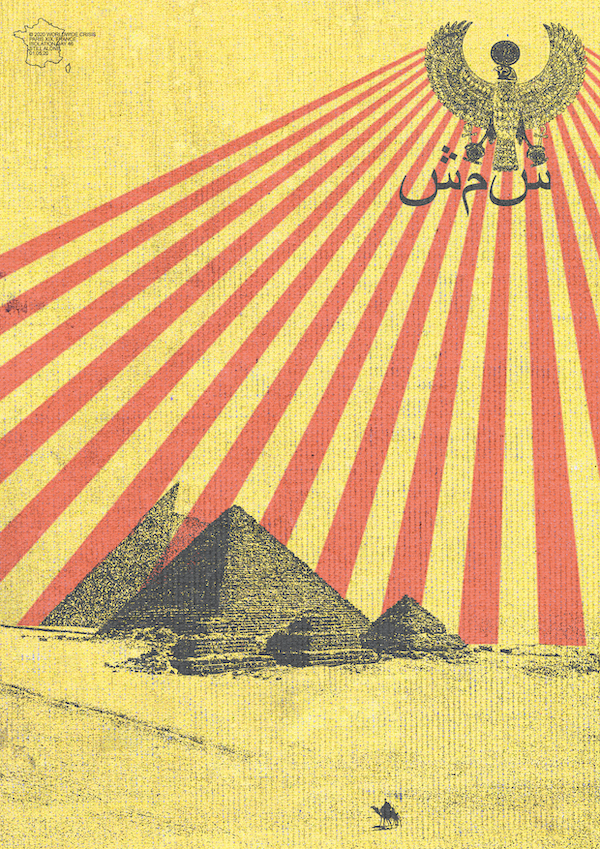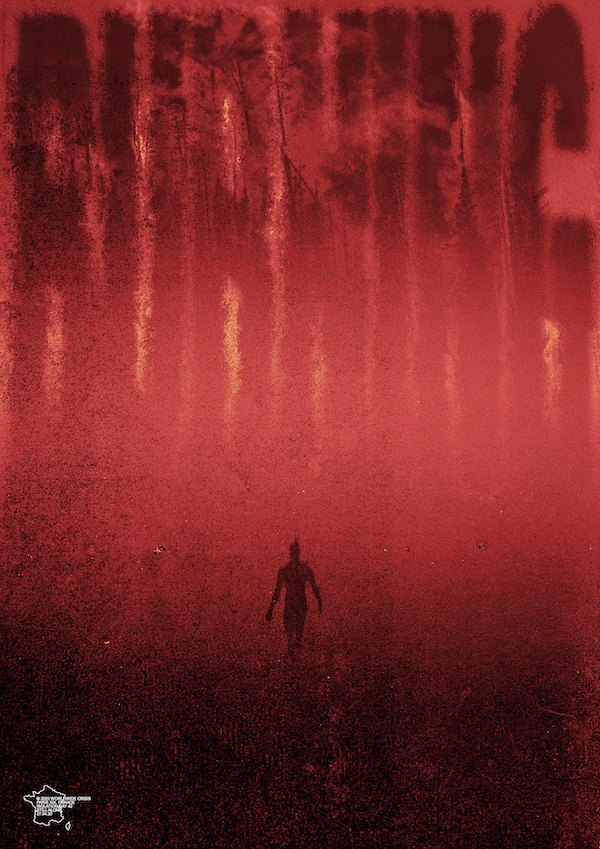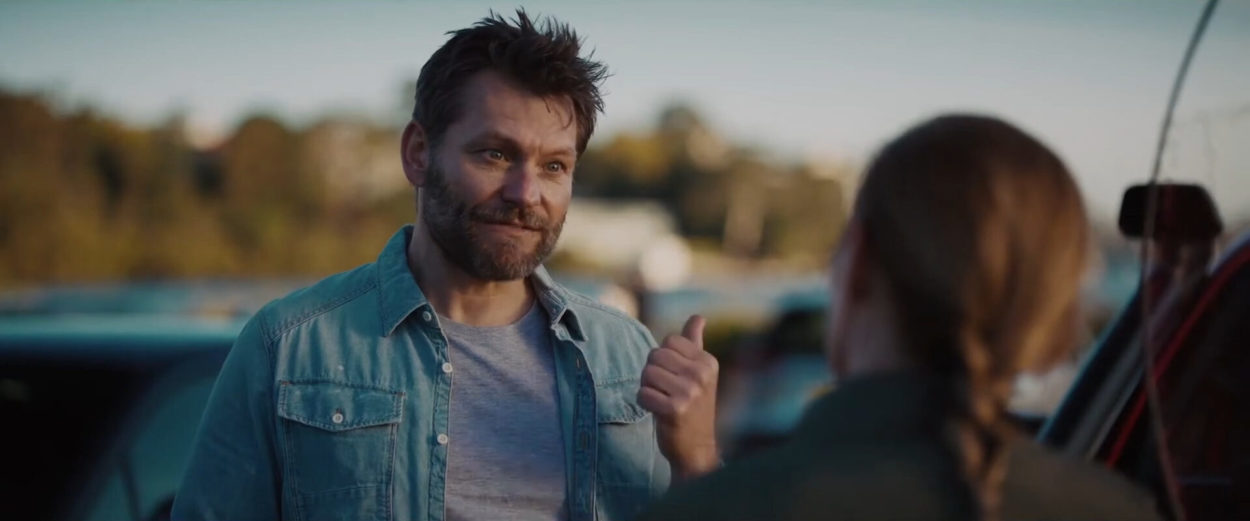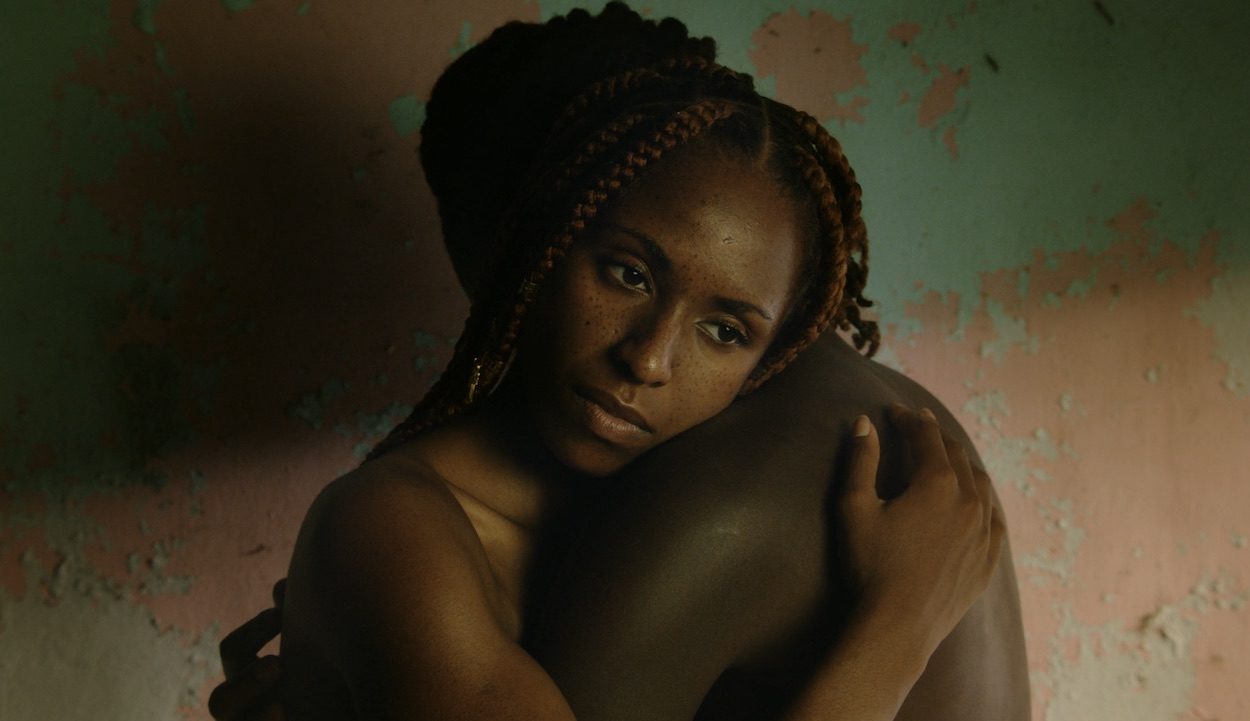Did you come from a particularly creative background?
My mom is a painter, ceramist and fresco artist. She’s also a teacher in the conservatory of my hometown. So I kinda grew up watching her work. As a kid I also participated in some classes but I was terrible at drawing and making stuff out of my hands. My parents are really open to art in general so from time to time we would go to the theatre or to exhibitions for example. But it wasn’t a big thing for me. I was more into sport and playing outside with friends.
Marius Gonzalez, self portraits
What came first – your graphic art work or film work? What was the trigger that got you into filmmaking?
When I was in high school, two friends of mine were doing movie remakes around town with a tiny camera. They were directing and acting in their own remakes. One day they asked me to play a bartender for a short sequence. It wasn’t professional at all but I kinda discovered the creative process and I loved it. After that I purchased a tiny camera as well and started experimenting and learning things on YouTube.
After high school I went to university for a diploma in multimedia professions (communication, programming, graphic design, video, etc.). This training made me discover several tools like Photoshop or Premiere Pro. It was also around this time that I really started consuming music videos. All of this made me want to try a lot of things and experiment with the digital medium.
After these two years of study, I followed a classic course in communication at university. Nothing to do with filmmaking. At the time I did not want to pursue a career in filmmaking. But I was still working on some projects in my corner and thanks to YouTube I really learned over time. It was only after my first year of my Master’s degree when I realised that my only real interest was the visual stuff. So I tried to enter a photography school in Paris. I failed the entrance exam and found myself without school for the following school year. I then decided to devote myself solely to this practice. And I haven’t stopped since.
From Octavian, Sky High
You have a filmic language that is distinctively your own. Yet each film, whether branded film or music video, is different. What’s your creative process for adapting your style to the brief?
For music videos it’s pretty straightforward. I never work under the constraint of a specific brief that I must adhere to. Each time I am free to express myself fully. I try to introduce into my projects different visual urges that have revolved around me for a short time or for a long time. For advertising it’s obviously different, but for the Lacoste video, the brief was to shoot this artist in a specific location. I was completely free of form. This remains rare for advertising.
In general, I try not to repeat myself between each project. I don’t want to find “the formula that works”. I prefer to see these projects as laboratories that allow me to express certain visual desires, to try certain things or to improve certain ideas that I may have had in the past. I just want to evolve and progress.
From Octavian, Sky High
The flow of your film effects – whether it’s to recall memories or to heighten physical feelings as in the gob-smacking sensation of drowning in your latest film Sky HIgh for Octavian – add multi-layers to your narratives. Where did you learn this continuous roll of different techniques?
Since I started, I have always learned on my own. At the very beginning, when I was working on a project, I was alone. I would be behind the camera on set and finalise the project in “post-production” on my computer. So I learned to edit by myself. As the projects progressed I also trained quickly on different tools like After Effects for example. This practice allowed me to develop the premises of a visual language linked to the different effects. At first it was purely aesthetic. I just wanted to do something cool and dynamic.
But as I evolved, I was looking for a good balance. I wanted to justify these effects and above all to do them more judiciously. Make it a tool for my narrative.
Today I continue to experiment in my room. I try to have fun with elements that I don’t know. In the Octavian music video, I was able to bring to life a series of photos based on low shutter / multiple exposures. I had shot these photos in 2020 and I always wanted to set them in motion. Another example, I made the introduction of the music video using machine learning software that allowed me to randomly generate abstract faces and perform morphing between these different portraits. It was completely new to me.
I also had the chance to work with talented specialists in special effects which allowed me to go even further in this register of experimental visuals. Also on the Octavian clip, we worked with the artist Morgan Beringer for some morphing portraits and for the tunnel sequence. I also got help from the post-production studio Paume to manage different transitions and embellish certain sequences of the film.
These effects are often based around a personal reflection, but there is also a lot of collaborative work behind it all.
Josman, Sourcils Froncés
What are the roots of your connection with the French rapper scene?
I’ve been listening to rap since I was in middle school. Even today it’s the genre I listen to the most. I really started to get into the industry when I started working with Josman. We’ve known each other since high school and we both grew up in Vierzon. My first music video was also his first video as a rapper. After a few projects, I moved to Toronto for a year.
When I returned to Paris, Josman was completely independent and was ready to release a free mixtape. We got back to work together and it was on the track “Dans le Vide”, released in 2017, that his career started to take off. His visibility was growing, so we had more resources to make our music videos and our projects were viewed more and more. It is really this friendship which opened certain doors to me in French rap and which allowed me to grow as a director.
Joanna and Raika Hazanavicius
The artists are stars of the story without any overt singing performances. These are musicians, not trained actors, and yet their acting performances are professional. What is your method – do you rehearse a lot before the shoot?
I find that artists are like actors. Even when performing in front of the camera, they know how to interact with it and adapt their interpretation with the different emotions present in a piece. At first I always try to imagine situations where the artists can easily fit. For Joanna’s music video, for example, I knew she had all the characteristics to embody this character of a little criminal who is both seductive and sensitive. It was really something that she gave off through her look, her style and her attitude.
For this shoot in particular, we rehearsed a lot with Joanna and Raika in order to have a better approach to certain scenes. Especially the argument scene between the two women. This exercise was necessary to allow Joanna to completely free herself. She had never acted before, she needed that to get in shape and somehow release the pressure on acting. Raika is more experienced, she also helped her a lot in this process. Once on set it was really amazing. Joanna was ready and we witnessed something that I did not suspect. During this argument scene, she completely let go. She was like in a trance, the world around her no longer existed. She was in tears and shaking right after the first take. She was living the scene.
Finally, I do not know if I have a specific method. I just try to leave room for the artists to express themselves and to put them in confidence as much as possible in order to obtain something sincere.
From Demons
Demons tackles the subject of jealousy and toxic relationships and you have said Wong Kai-Wai’s The Fallen Angels was a source of inspiration for the video. To what extent did the movie influence you?
First of all, I’m a big fan of the visual universe of this film. But what inspired me the most was the story of this very poetic criminal duo. I said to myself that this global atmosphere could fit perfectly with the track. I talked to Joanna about it during our first meeting to see if she liked the idea and she immediately validated it. From there, I started thinking about a new story based on this nocturnal urban atmosphere and the structure of the song.
During this process there were of course other sources of inspiration such as some films by Gaspar Noé or those by Nicolas Winding Refn.
Joanna in Demons
Does the visual narrative ever change much in the edit or do you usually have everything mapped out in detail in pre-production?
When I’m writing for a project, I directly define a precise structure. For the music videos of Octavian or Joanna, everything has been respected. But sometimes it is necessary to go into this rewriting process in editing by making some adjustments. This sometimes allows me to improve the reading of the film and the overall rendering.
Still Alone, 55 Days. From Marius Gonzalez’s Isolation Program
You’re an artist too working in other formats. For instance you created your book Isolation Program during lockdown. Please tell us about that.
During the first lockdown, I remained locked up alone in my small Parisian apartment. I decided to create a graphic illustration every morning to keep my mind busy. I didn’t have a specific plan, I just wanted to stay creative. So every morning I published one or more illustrations on Instagram stories. No details, just an image that allowed me to count the days and which in a way expressed my current state of mind.
After a month, I thought about the idea of putting these illustrations together in a book, it made sense to me but I didn’t get stuck with the idea. After 55 days I ended up with over 65 illustrations on my computer.
My father asked me to send him all the pictures without specifying why. He had actually created a book via a website with all of my images. The result was rather disappointing. The book was poorly arranged, the paper was poor quality, and the images were poorly framed. But I was very moved, it was the first time that I had a physical relationship with something that I had created. It was no longer about pixels on my screen, these images were in my hands.
Following that, I decided to fully focus on the creation of this book. I returned to Paris to work on the layout, editing and finally printing it. I was rather skeptical about the reaction of such a project as I am not really recognized for my work as a graphic designer. But when the book came out I sold 100 copies in one hour, which was quite surprising to me. So I decided to print 300 new copies for those who didn’t have time to buy the first edition. Incidentally, there are still a few copies on the Isolation Program online store;)
Silence and Sirens, from Marius Gonzalez’s Isolation Program
What’s next on your filmmaking agenda?
I am currently working on a music video for a French artist and on a perfume ad. I also plan to release another small book based on my machine learning experiments.
From Marius Gonzalez’s Isolation Program
Marius Gonzalez website
Isolation Program https://isolationprogram.bigcartel.com/
Solab website
